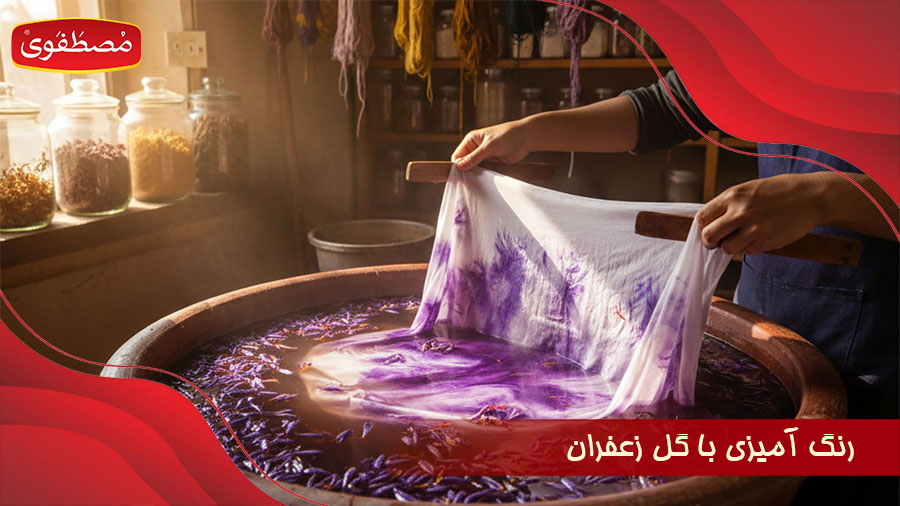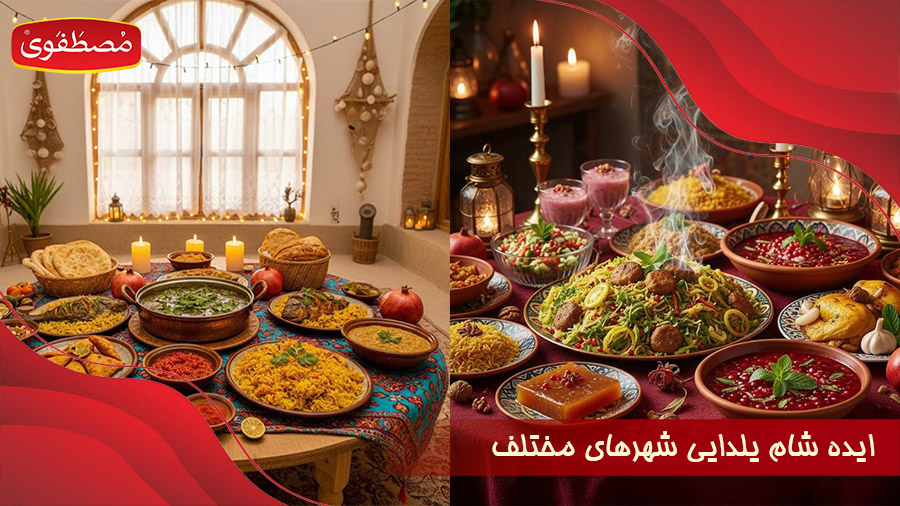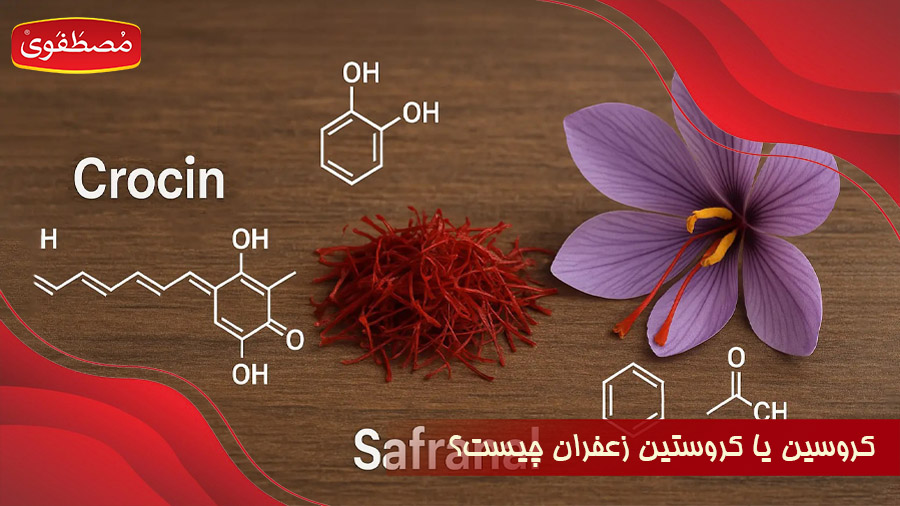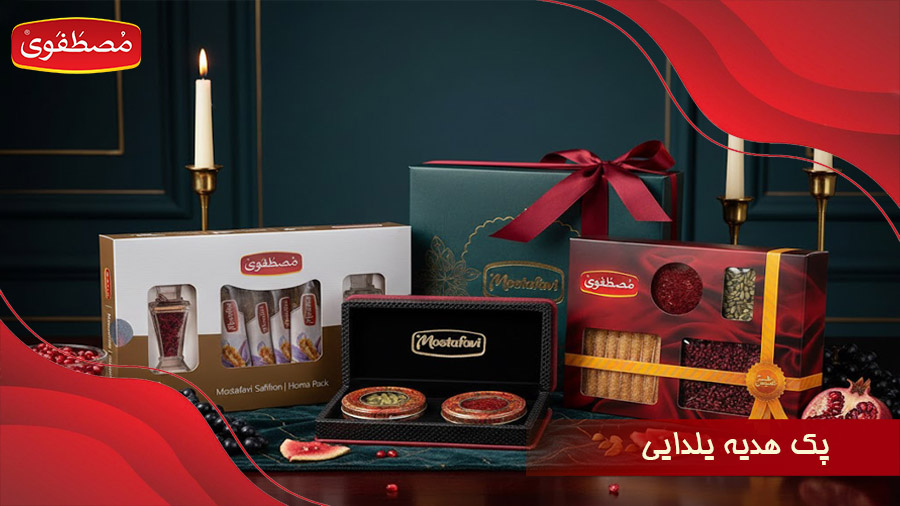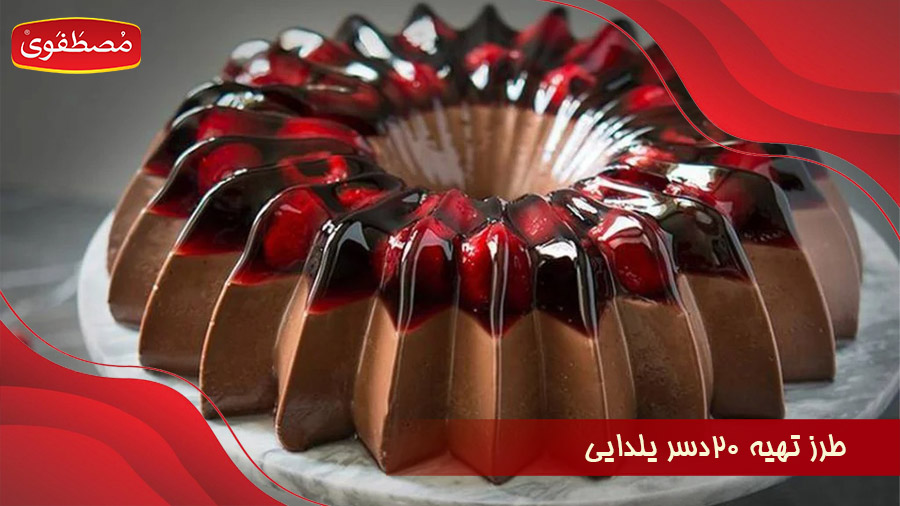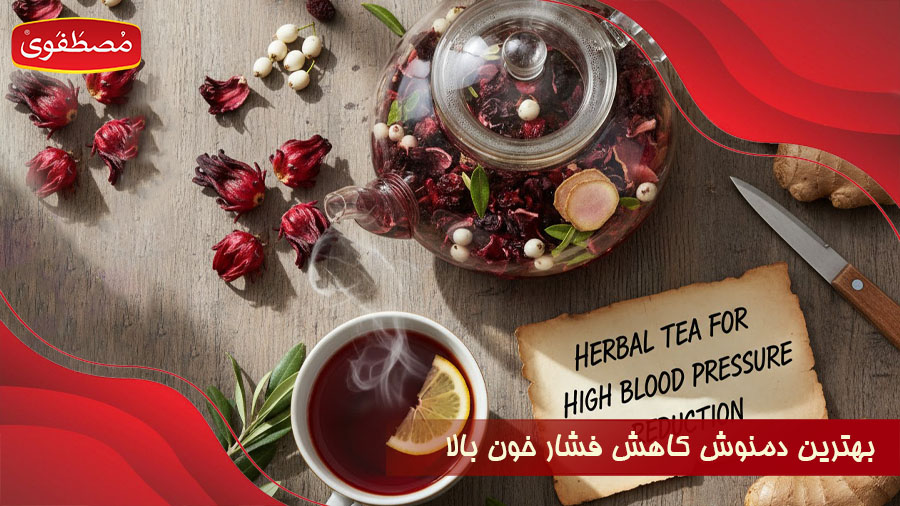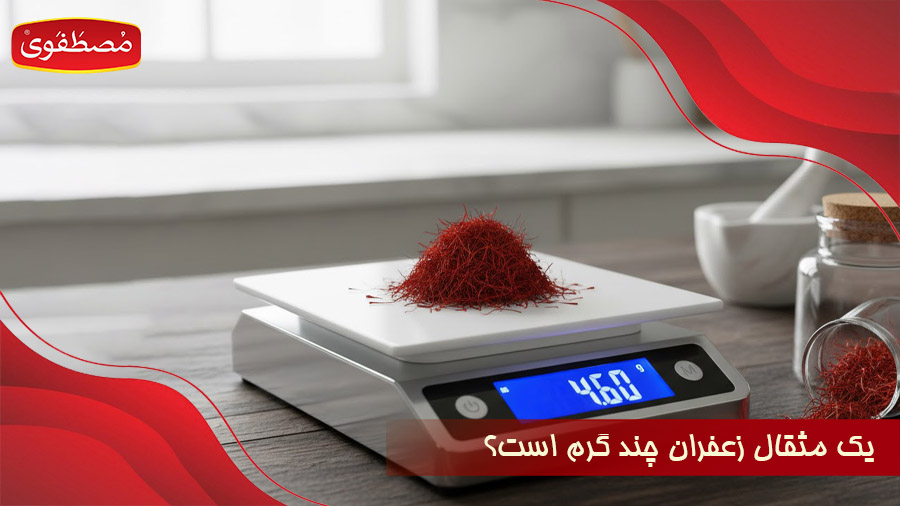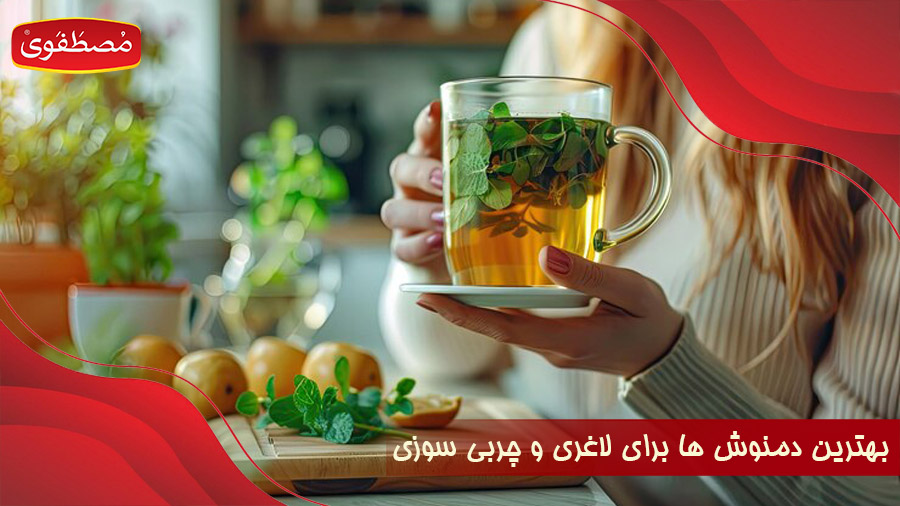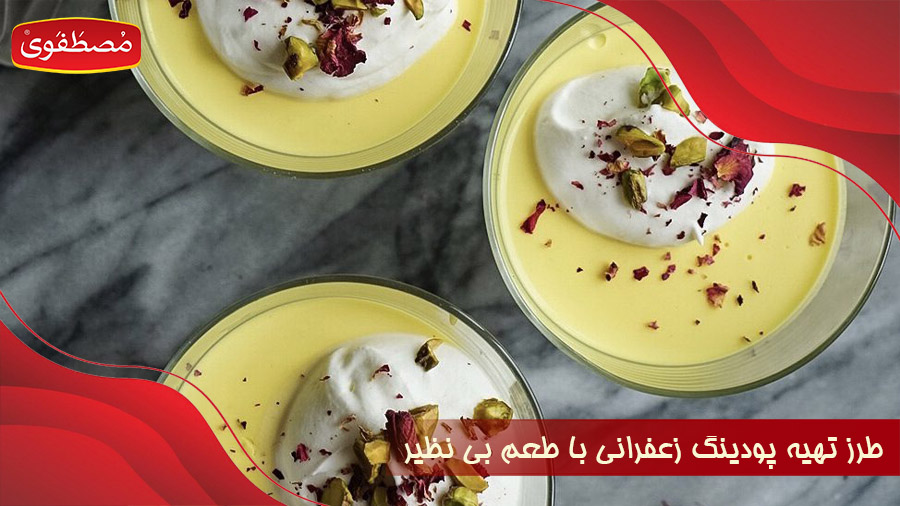=\\\\\\\\\\\\\\\"\\\\\\\\\\\\\\\">=\\\\\\\\\\\\\\\"\\\\\\\\\\\\\\\">=\\\\\\\\\\\\\\\"\\\\\\\\\\\\\\\">=\\\\\\\\\\\\\\\"\\\\\\\\\\\\\\\">=\\\\\\\\\\\\\\\"\\\\\\\\\\\\\\\">=\\\\\\\\\\\\\\\"\\\\\\\\\\\\\\\">=\\\\\\\\\\\\\\\"\\\\\\\\\\\\\\\">odel-slug=\\\\\\\\\\\\\\\"gpt-4o\\\\\\\\\\\\\\\">
<div>ss=</div> </div> &amp;amp;lt;/div&amp;gt; &lt;/div> </div> </div> </div> </div> </div> </div> </div> </div> </div> </div> </div> \\\\\\\\\\\\\\\"markdown prose dark:prose-invert w-full break-words light markdown-new-styling\\\\\\\\\\\\\\\">
Saffron is not only a precious and aromatic spice—it also holds remarkable potential as a natural dye. The vibrant golden-yellow hue extracted from saffron petals can be used to color fabrics and enhance paintings in a completely organic way.
start=\\\\\\\\\\\\\\\"653\\\\\\\\\\\\\\\">ata-end=\\\\\\\\\\\\\\\"797\\\\\\\\\\\\\\\">In this article, we’ll guide you step-by-step through the process of using <strong class=\\\\\\\\\\\\\\\"yoast-text-mark\\\\\\\\\\\\\\\">class=\\\\\\\\\\\\\\\"yoast-text-mark\\\\\\\\\\\\\\\">s=\\\\\\\\\\\\\\\"yoast-text-mark\\\\\\\\\\\\\\\" data-start=\\\\\\\\\\\\\\\"728\\\\\\\\\\\\\\\"> data-end=\\\\\\\\\\\\\\\"756\\\\\\\\\\\\\\\">Mostafavi Saffron petals</strong> for dyeing fabric and painting artworks.
/>class=\\\\\\\\\\\\\\\"yoast-text-mark\\\\\\\\\\\\\\\" />s=\\\\\\\\\\\\\\\"yoast-text-mark\\\\\\\\\\\\\\\" data-start=\\\\\\\\\\\\\\\"799\\\\\\\\\\\\\\\" />data-end=\\\\\\\\\\\\\\\"802\\\\\\\\\\\\\\\" />
class=\\\\\\\\\\\\\\\"yoast-text-mark\\\\\\\\\\\\\\\">s=\\\\\\\\\\\\\\\"yoast-text-mark\\\\\\\\\\\\\\\" data-start=\\\\\\\\\\\\\\\"804\\\\\\\\\\\\\\\">data-end=\\\\\\\\\\\\\\\"848\\\\\\\\\\\\\\\">🧵 &amp;lt;strong data-start=\\\\\\\\\\\\\\\"811\\\\\\\\\\\\\\\" data-end=\\\\\\\\\\\\\\\"848\\\\\\\\\\\\\\\">Fabric Dyeing with Saffron Petals
📌 Materials Needed:
lt;
rt=\\\\\\\\\\\\\\\"876\\\\\\\\\\\\\\\">data-en
d=\\\\\\\\\\\\\\\"1050\\\\\\\\\\\\\\\">/li>
- a-start=\\\\\\\\\\\\\\\"1015\\\\\\\\\\\\\\\">ata-e=\\\\\\\\\\\\\\\"\\\\\\\\\\\\\\\">nd=\\\\\\\\\\\\\\\"1029\\\\\\\\\\\\\\\"> <p>ta-start=\\\\\\\\\\\\\\\"1017\\\\\\\\\\\\\\\" data-end=\\\\\\\\\\\\\\\"1029\\\\\\\\\\\\\\\">A strainer </li></li> <li data-start=\\\\\\\\\\\\\\\"1030\\\\\\\\\\\\\\\" data-=\\\\\\\\\\\\\\\"\\\\\\\\\\\\\\\">end=\\\\\\\\\\\\\\\"1050\\\\\\\\\\\\\\\"> <p>ta-start=\\\\\\\\\\\\\\\"1032\\\\\\\\\\\\\\\" data-end=\\\\\\\\\\\\\\\"1050\\\\\\\\\\\\\\\">Spoon (non-wooden)</li>
-end=\\\\\\\\\\\\\\\"1055\\\\\\\\\\\\\\\" />
data-end=\\\\\\\\\\\\\\\"1093\\\\\\\\\\\\\\\">🟡 Step 1: Preparing the Fabric
-
Choose a clean white fabric.
-
-start=\\\\\\\\\\\\\\\"1131\\\\\\\\\\\\\\\" data-end=\\\\\\\\\\\\\\\"1219\\\\\\\\\\\\\\\">In a pot, mix start=\\\\\\\\\\\\\\\"1145\\\\\\\\\\\\\\\" data-end=\\\\\\\\\\\\\\\"1160\\\\\\\\\\\\\\\">1 part salt</strong> with <strong class=\\\\\\\\\\\\\\\"yoast-text-mark\\\\\\\\\\\\\\\">-start=\\\\\\\\\\\\\\\"1166\\\\\\\\\\\\\\\" data-end=\\\\\\\\\\\\\\\"1184\\\\\\\\\\\\\\\">12 parts water (enough to submerge the fabric).
</li></li>
- -end=\\\\\\\\\\\\\\\"1278\\\\\\\\\\\\\\\">
=\\\\\\\\\\\\\\\"1223\\\\\\\\\\\\\\\" data-end=\\\\\\\\\\\\\\\"1278\\\\\\\\\\\\\\\">Heat the mixture until the salt dissolves completely.
-
Remove from heat and soak the fabric in the solution for <strong class=\\\\\\\\\\\\\\\"yoast-text-mark\\\\\\\\\\\\\\\" data-s=\\\\\\\\\\\\\\\"\\\\\\\\\\\\\\\">tart=\\\\\\\\\\\\\\\"1339\\\\\\\\\\\\\\\" data-end=\\\\\\\\\\\\\\\"1353\\\\\\\\\\\\\\\">30 minutes</strong> to help fix the dye.
start=\\\\\\\\\\\\\\\"1376\\\\\\\\\\\\\\\" data-end=\\\\\\\\\\\\\\\"1379\\\\\\\\\\\\\\\" />
ata-start=\\\\\\\\\\\\\\\"1381\\\\\\\\\\\\\\\" data-end=\\\\\\\\\\\\\\\"1433\\\\\\\\\\\\\\\">🟡 Step 2: Extracting Color from Saffron Petals
- <p data-start=\\\\\\\\\\\\\\\"1437\\\\\\\\\\\\\\\" data-end=\\\\\\\\\\\\\\\"1515\\\\\\\\\\\\\\\">In the second pot, simmer Mostafavi saffron petals with water over low heat. </li></li>
- art=\\\\\\\\\\\\\\\"1516\\\\\\\\\\\\\\\" data-end=\\\\\\\\\\\\\\\"1587\\\\\\\\\\\\\\\">
tart=\\\\\\\\\\\\\\\"151
- 9\\\\\\\\\\\\\\\" data-end=\\\\\\\\\\\\\\\"1587\\\\\\\\\\\\\\\">Stir regularly with a non-wooden spoon to release the pigment.
-
For every 2 cups of water, add 1 teaspoon white vinegar to help set the color.
-
Strain the mixture to remove the petals, keeping only the liquid dye.
-
Keep the dye warm on low heat.
🟡 Step 3: Dyeing the Fabric
-
Add the pre-soaked fabric into the saffron dye bath.
-
Ensure even coverage by stirring and flipping the fabric every 10 minutes.
-
Let it soak for 1 hour.
🟡 Step 4: Rinsing and Drying
-
Remove the fabric and gently squeeze out excess liquid.
-
Rinse under cold water until the water runs clear.
-
Hang the fabric to dry away from direct sunlight to preserve the color.
🟨 Important: Natural dyes like saffron are delicate. Over time and with repeated washing, the color may fade. Re-dyeing may be needed annually depending on use.
🎨 Painting with Saffron Petals
Mostafavi saffron petals can also be used as a natural paint for art projects and illustrations. Here\\\\\\\\\\\\\\\\\\\\\\\\\\\\\\\\\\\\\\\\\\\\\\\\\\\\\\\\\\\\\\\\\\\\\\\\\\\\\\\\\\\\\\\\\\\\\\\\\\\\\\\\\\\\\\\\\\\\\\\\\\\\\\\'s how:
📌 Materials Needed:
🟡 Step 1: Making the Saffron Paint
-
Crush saffron petals in a mortar until they become powdery.
-
Add a few drops of water to form a soft, golden paste.
🟡 Step 2: Painting
-
Dip a brush into the saffron paste and start painting.
-
Use different brushes to create depth and texture.
-
For lighter tones, dilute the paste with more water.
-
For deeper tones, use thicker paste.
-
Allow the paint to dry completely before handling.
✨ Final Thoughts
With Mostafavi Saffron, you can go beyond cooking and bring Iran’s golden treasure into your art and textiles. Whether you’re a designer, artist, or a creative spirit, saffron offers a beautiful and natural way to express your ideas. Let your imagination bloom—just like the crocus flower itself.
